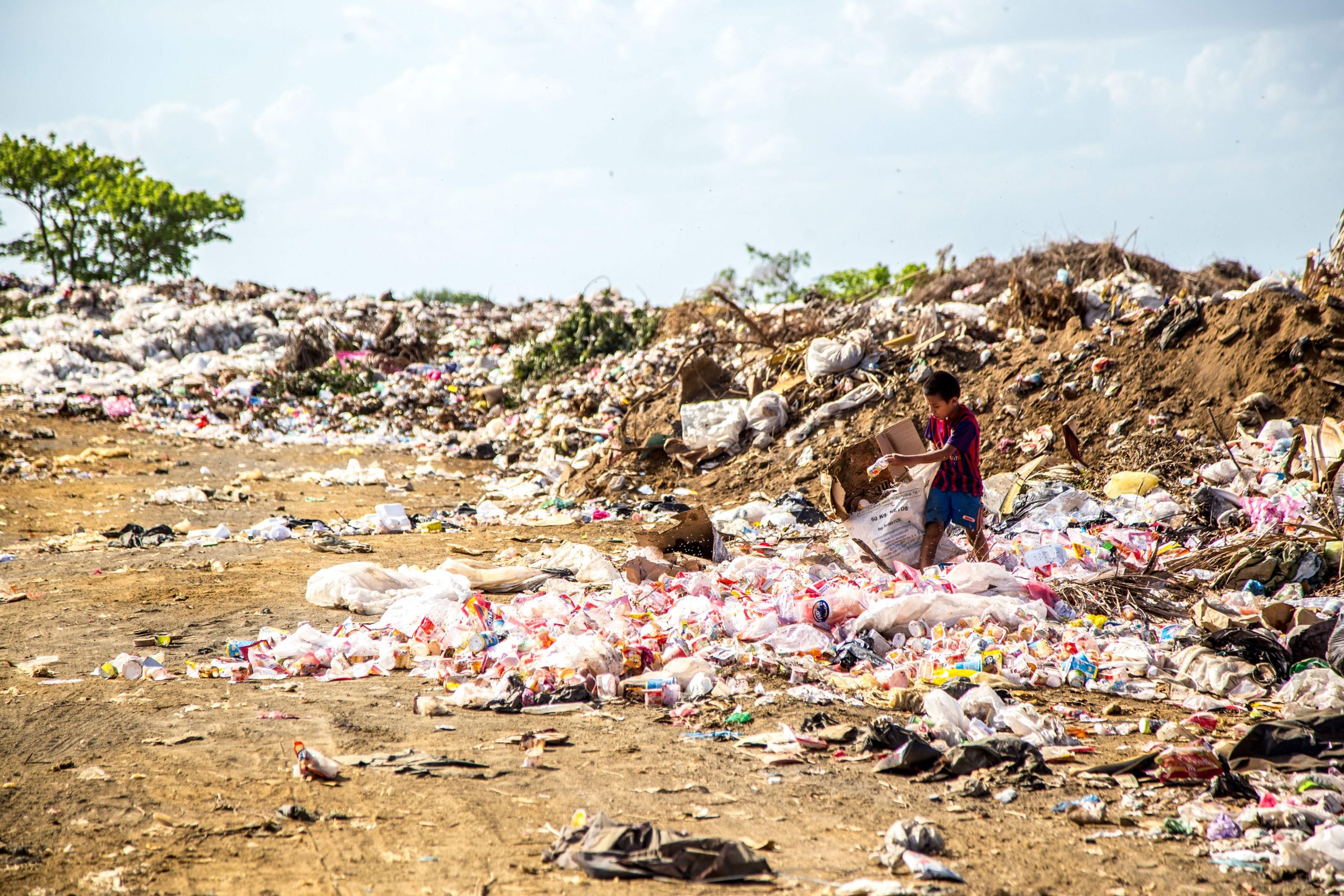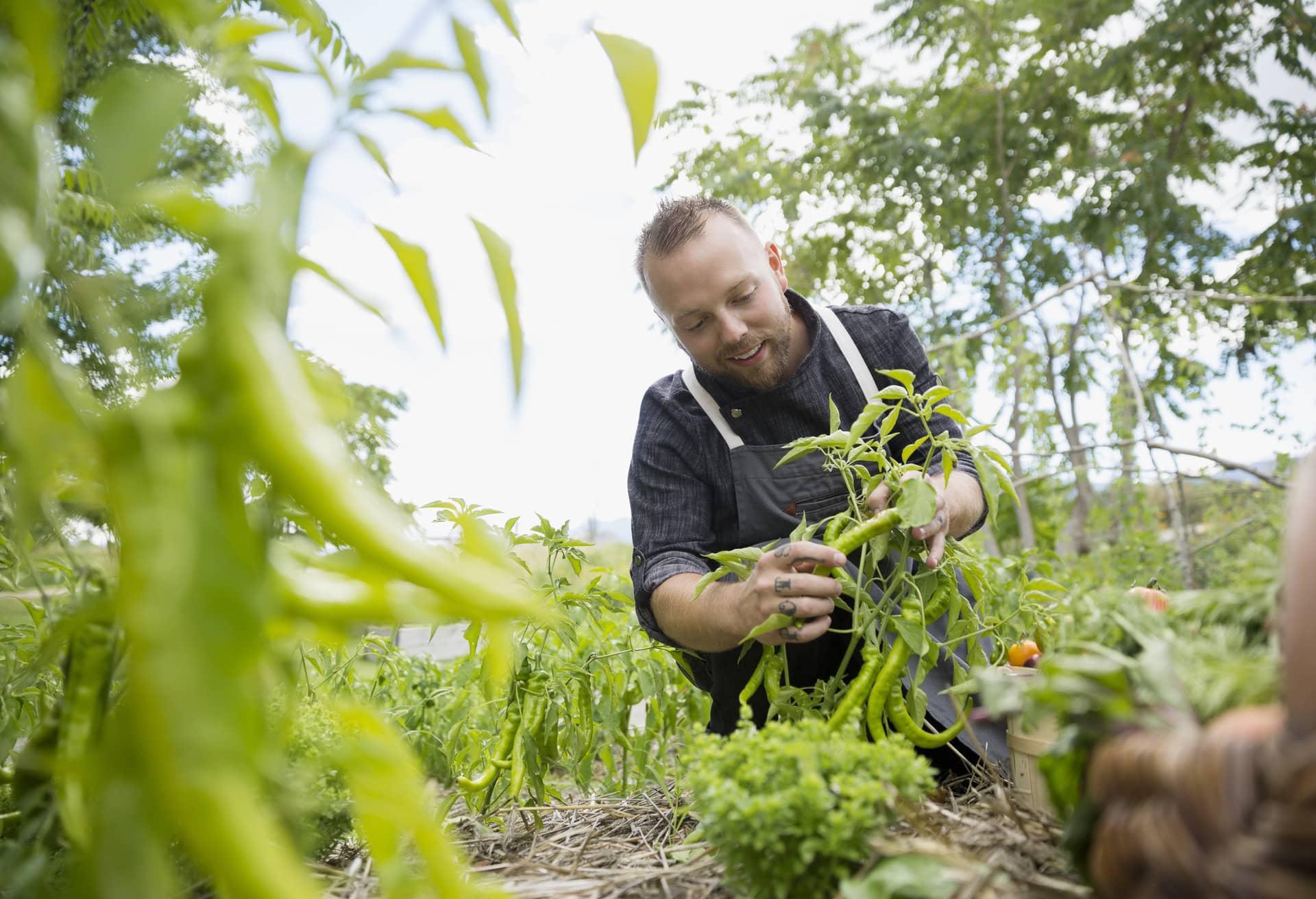Food waste is a global problem, but the UK is one of the biggest contributors. Studies have found that Britons are the worst offenders for food waste across the continent per capita, with the UK producing around 10m tonnes of waste each year. For restaurants, it’s both an environmental problem and an economical one. But there are ways to understand the true cost of food waste at your restaurant while minimising its impact for a more efficient setup that’s friendly to both the environment and balance sheets.
Food waste in the UK
According to a WRAP report, more than 9.5 million tonnes of food waste is disposed of each year within UK households, hospitality and food, service (HaFS), food manufacture, retail and wholesale sectors.
Around half a kilo of food is wasted for every meal eaten in the UK, typically through how the meal is prepared or general spoilage. Then there’s what diners leave on their plates after ordering a dish. Estimates suggest that food waste costs restaurants about £682 million annually. These numbers fell during the pandemic, but a more recent report from WRAP estimates that general waste figures are back to pre-pandemic levels.
According to the Office of National Statistics, there are 123,395 restaurants in the UK. That means the average cost of food waste per restaurant is approximately £5,500 per year. Along with the environmental factor, restaurants have a lot on their plate when it comes to tackling food waste.
The environmental impact of food waste
Several aspects contribute to the release of greenhouse gases in the restaurant industry, including food production, transportation and rotting. When factoring general food waste – ingredients not just wasted by restaurants but also the general public – between 20%-30% of the total food produced is lost or wasted.
The Intergovernmental Panel on Climate Change also estimates that food waste contributes 8% to 10% of human-made greenhouse gases. By cutting food waste, we can help the climate and be more environmentally friendly.
What causes restaurant food waste?
Many factors contribute to restaurant food waste, including during production (rotting in fields), drops in demand, damage during transport and diner behaviour. Indeed, unfinished meals are often a result of too much food being ordered, and restaurants face a tricky balancing act ensuring there are enough ingredients to go around for guests.
Still, there will always be some diners who leave food on their plate. There are also endless questions about the types of food we eat and how we consume them: how do we grow it, where does it come from, and how is it produced and cooked?
Ways to reduce food waste in restaurants
Restaurant food waste isn’t a new phenomenon, and many places around the world are actively trying to reduce waste to help with environmental factors and restaurant costs. Some restaurants have created a “zero waste system” where trading happens directly with farmers and uses reusable delivery vessels.
Others take scraps that were otherwise headed for the bin and turn them into specific menus. Some spots grow their food to make ingredients last longer. Restaurants also get creative with their ingredients, turning fish skins into crisps or trimmings used in mousses, for example.
But what else can restaurants do? Turning waste into other ingredients or growing your produce isn’t always possible. So there’s a need to come up with alternatives to reduce waste for a more sustainable and cost-friendly operation:
Use seasonal ingredients
One of the best ways to reduce food waste at your restaurant involves cooking what’s in season. With a seasonal menu, you can serve the freshest food possible and take advantage of popular ingredients.
Avoid overbuying stock
It’s easier said than done but ensuring you purchase only ingredients that the business uses will go a long way to reducing restaurant food waste. It might be tempting to buy in bulk from a supplier, but you’ll often end up with more food than you need.
Store food correctly
Fridges and freezers should always run at the correct temperatures with low-risk foods placed on higher shelves. Storing foods under the right conditions increases their quality of life and prevents pathogenic bacterial growth.
Have a plan for excess food
Having a plan for extra food stops it from going to waste, as we’ve seen with repurposing excess ingredients into other dishes. Predicting customer demand isn’t exactly a science, but it doesn’t need to be such an issue if you’re finding ways to repurpose unused ingredients. You’ll be more resourceful and kinder to the environment.
Keep an eye on the least popular dishes
Evaluate your menu regularly and look at what’s in demand with diners. Consider removing unpopular dishes in favour of something else. Doing this can stop you from ordering specific ingredients that end up going off because not enough guests order them.
Compost food waste
Instead of sending ingredients to a landfill, opt to put food waste into a compost bin. This way, those fruit and vegetable peelings, old bread products, grains, coffee grounds and tea bags can be put to good use.
Saving bottom lines while saving the planet
Less food waste means a better environment, and restaurants have a significant role to play in helping. By reducing your food waste, you can run more sustainable operations while saving thousands of pounds in food waste costs. It’s a win-win situation that leads to a more efficient and agile setup at your restaurant with a focus on making great ingredients for diners that won’t go to waste.




